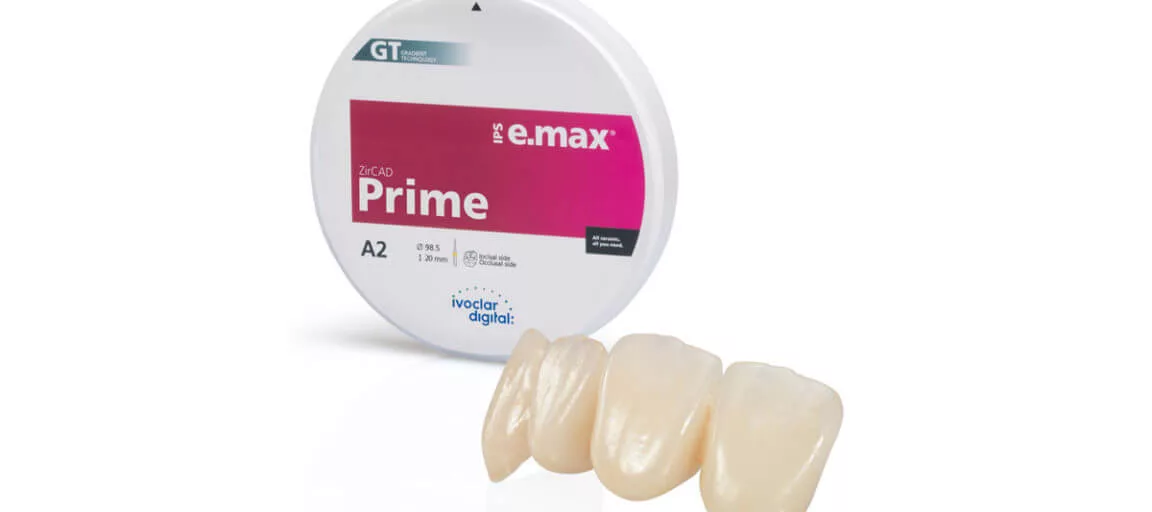
Do You Know What Type of Zirconia You Are Using?
We use the words “multilayer” and “multilayered” to describe lots of different materials from different manufacturers. If your lab tells you they use multilayered zirconia on a restoration or abutment, do you know what you are getting?
One of the ways we use the word multilayered is to describe a puck of zirconia that has two different types of zirconia.
Some of the pucks are a layer of 3y (the strongest but least aesthetic zirconia) with a layer of 5y (the weakest but most aesthetic zirconia). The laboratory technician puts the restoration design in the puck so that the 5y is on the facial of the restoration where you can see it and the 3y is on the incisal edge and lingual.
There are also pucks that are 4y zirconia layered with 5y zirconia. The 4y zirconia is a middle grade of both strength and aesthetics. In this case, the 5y is on the facial and the 4y is on the incisal edge and lingual.
Thus, there are two different ways to mix strength and aesthetics in one puck of zirconia and both variations are called “multi-layered.”
Complicating this even more, we use “multi-layered” to describe layers of chroma gradient or translucency. The laboratory technician can put the design pattern in the puck to achieve different gradient effects, but the restoration is all of one strength (one type of zirconia).
One of the challenges today with zirconia is that there is no place on a laboratory prescription to specify one of these varieties, and it needs to be clarified when communicating with your lab technician. Ask what your lab technician means by “multilayered zirconia,” and communicate clearly the multilayering you want used.
Related Course
Mastering Dental Photography: From Start to Finish
DATE: October 29 2026 @ 8:00 am - October 31 2026 @ 12:00 pmLocation: The Pankey Institute
CE HOURS: 19
Regular Tuition: $ 2995
Single Occupancy with Ensuite Private Bath (per night): $ 355
Dental photography is an indispensable tool for a high level practice. We will review camera set-up and what settings to use for each photo. All photos from diagnostic series, portraits,…
Learn More>






